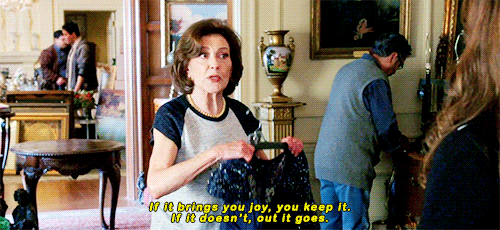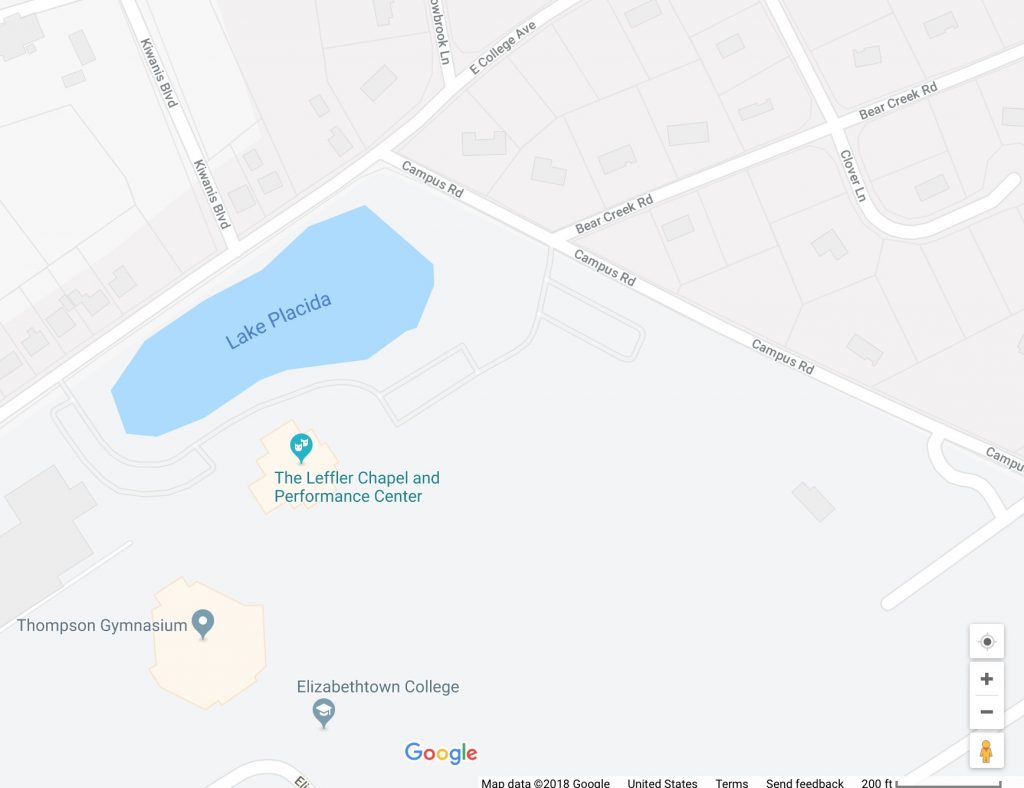
You all know that old saying, the one about not judging a book by its cover, right? Well, I happened across some online French Revolution-era reproductions of books, with plain covers, that struck me as rather interesting.
The description of this product runs as follows:
Grand Tomes (Set of 3)
During the French Revolution, reading was forbidden in order to prevent the spread of rebellious stories about the monarchy. During that time, printers produced couverture muette or “mute books” – books with blank covers – to avoid detection. Paying homage to those historic 18th-century tomes, these exquisite books are entirely crafted by hand, from the torn paper and simple cover boards to the naturally stained linen bindings and timeworn labels. The only difference? The pages within are blank.
What’s so interesting to me about these “muted books” is the strategic reversal: an historical artifact that once protected dangerous content by means of an unsignified cover now, instead, has utterly blank content and a plain cover that speaks loudly of antiquity, culture, and learning — at least to those who place them around their living rooms or dens.
But despite the curious reversal, all anyone does with these books is hope that people judge them by their covers: whether disguising once dangerous ideas or putting one over on our guests.






 I was having lunch the other day, facing a salad bar, and it occurred to me that here we have a wonderful example of what it means to study signification.
I was having lunch the other day, facing a salad bar, and it occurred to me that here we have a wonderful example of what it means to study signification. 
 As a little kid in the early 1960s, I guess I decided that the hooded sweaters I sometimes wore made me look like Dino the dinosaur — you know, from “The Flintstones”? I don’t think we had a specific name for them yet — at least we didn’t call them “hoodies,” as people do now. Instead, opting for brutal descriptivism (which sounds like a 1960s architectural movement), I’m guessing that we just uncreatively called them “hooded sweaters.”
As a little kid in the early 1960s, I guess I decided that the hooded sweaters I sometimes wore made me look like Dino the dinosaur — you know, from “The Flintstones”? I don’t think we had a specific name for them yet — at least we didn’t call them “hoodies,” as people do now. Instead, opting for brutal descriptivism (which sounds like a 1960s architectural movement), I’m guessing that we just uncreatively called them “hooded sweaters.” 